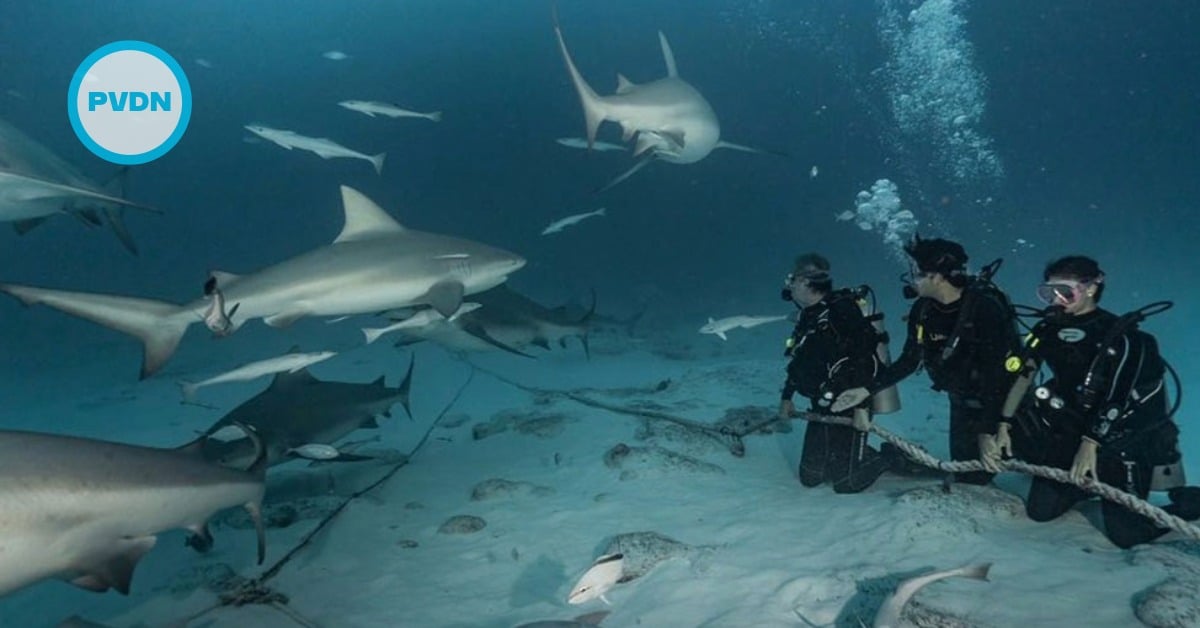Scientists are making some headway in figuring out what is killing millions of sea stars in the waters off the Pacific coast, from British Columbia to Mexico. While a definitive answer eludes them, researchers suggest a pathogen — either bacterial or viral — is responsible for th…




